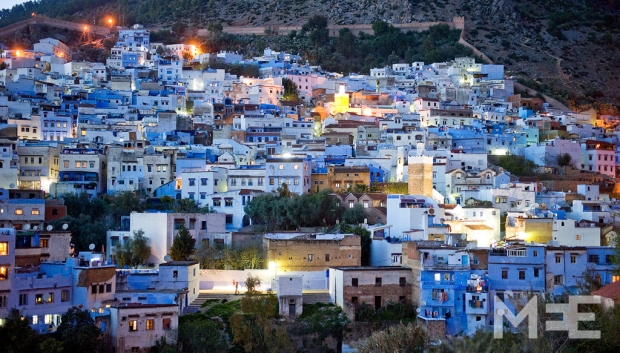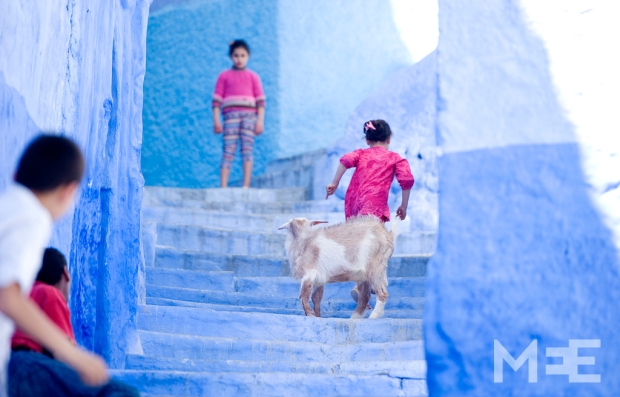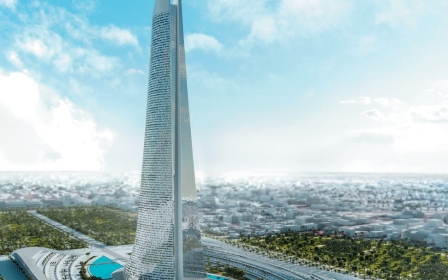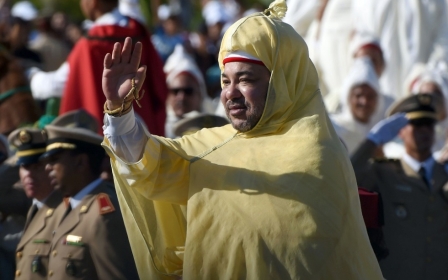Chefchaouen: Walking the blue streets of Morocco

CHEFCHAOUEN, Morocco – Enclosed by the grim Rif mountains on all sides in northern Morocco lies the blue town of Chefchaouen. It’s a small fairy-tale place full of scent, colours and a thousand shades of blue. One of those villages that a traveller can explore in a day, but just as easily can end up spending half a week doing as little as possible. Not as popular as Marrakech or Fez but more relaxed, it draws mostly Spanish, French and Moroccan tourists. The main attractions: the blue houses and the cannabis.
“I came here 16 years ago and stayed,” said artist Mohsine Ngadi. He runs Le Rêve Blue (The Blue Dream), an art gallery-slash-restaurant in the northern part of the medina, or Old City. “Inspiration is everywhere in Chefchaouen,” Ngadi said. And that means something, coming from him. The 48-year old Ngadi is originally from Fez.
He draws the inspiration mainly from the old town, where virtually all houses and even some alleys are blue, in shades that vary from very light to deep dark, painted with a mixture of chalk, water and a pigment. Which is why early in the morning, when the blue streets are damp with dew, you can see your own footprints on the blue pavement.
Chaouen, as the locals call it, was founded in 1471 in the heart of the Rif mountains by Moors and Jews who fled Spain. It is said that Jews introduced the blue colour here when they took refuge from Hitler in the thirties of the last century, the blue symbolising the sky and heaven, and the leading of a spiritual life.
The locals of Chefchaouen though, have different views as to why the houses are painted blue. They just can’t seem to agree.
The most popular theory is that the blue keeps the mosquitoes away, as it makes the streets look like cool flowing waters.
Wrong, say others. Chefchaouen is blue because the nearby Mediterranean Sea is blue. Arguing that the sea is at least 20 miles away is no use. “The sea is very close,” they persist.
Youssef Azaroun, 26, who works at the Cham Hotel, said the blue colour refers to the Ras el-Maa spring just outside the city walls. “It is our source of life, everybody here drinks from it,” Azaroun told Middle East Eye. “But of course, the blue also refers to the Mediterranean. A lot of villages around that sea are painted blue and white.”
Ngadi, the painter, gives yet another explanation. Mosquitoes, the spiritual life of the Jewish migrants - it’s all untrue, he said. “Blue was chosen because it eases the eye, especially in summer when the sun is bright. Nobody is ever in a rush here; stress does not exist.”
The absence of stress might also have something to do with that other thing Chefchaouen is famous for - the widely available cannabis. On streets and in lodges the kif is offered in whispered but very persistent voices. The rookie traveller who accepted every time would no doubt be higher than Burj Khalifa by the end of the day.
Back to the blue, though. Even though the local pottery, tables and carpets might come in every colour imaginable, it is the blue that gives Chefchaouen its unique feel. In springtime, after the rains of winter have washed the town, villagers re-paint their walls or touch up on stale spots, stimulated by local authorities, who provide brushes.
Anything goes, as long as the chosen colour is blue. Bright red? Some say it’s straight-out forbidden to use anything but blue, others say it just would just be heavily frowned upon. Ngadi told MEE: “We have a saying, ‘Do what you neighbour does, or change your door.’” In other words, if you don’t want to fit in, move out. “Using many different colours is a sign of division. Using only one colour shows unity. We value unity.”
New MEE newsletter: Jerusalem Dispatch
Sign up to get the latest insights and analysis on Israel-Palestine, alongside Turkey Unpacked and other MEE newsletters
Middle East Eye delivers independent and unrivalled coverage and analysis of the Middle East, North Africa and beyond. To learn more about republishing this content and the associated fees, please fill out this form. More about MEE can be found here.






